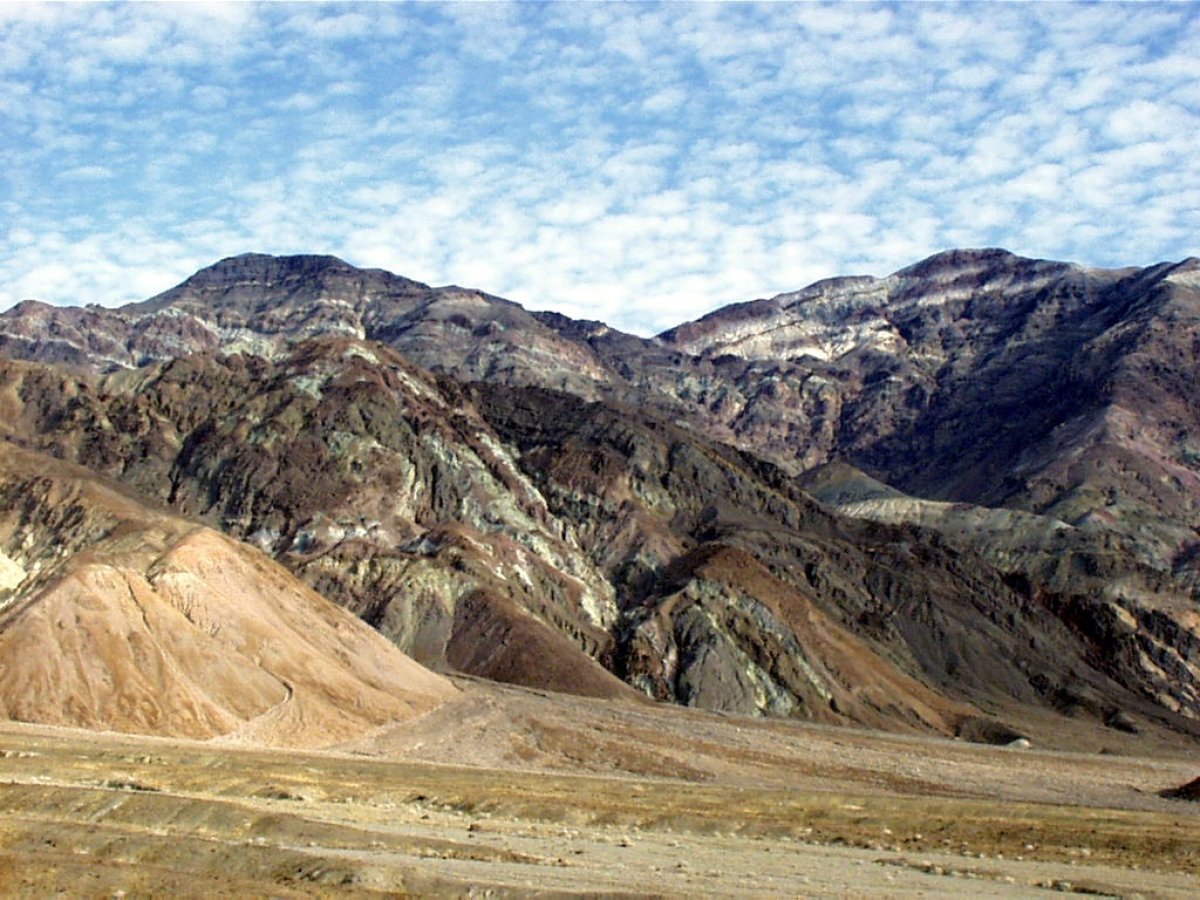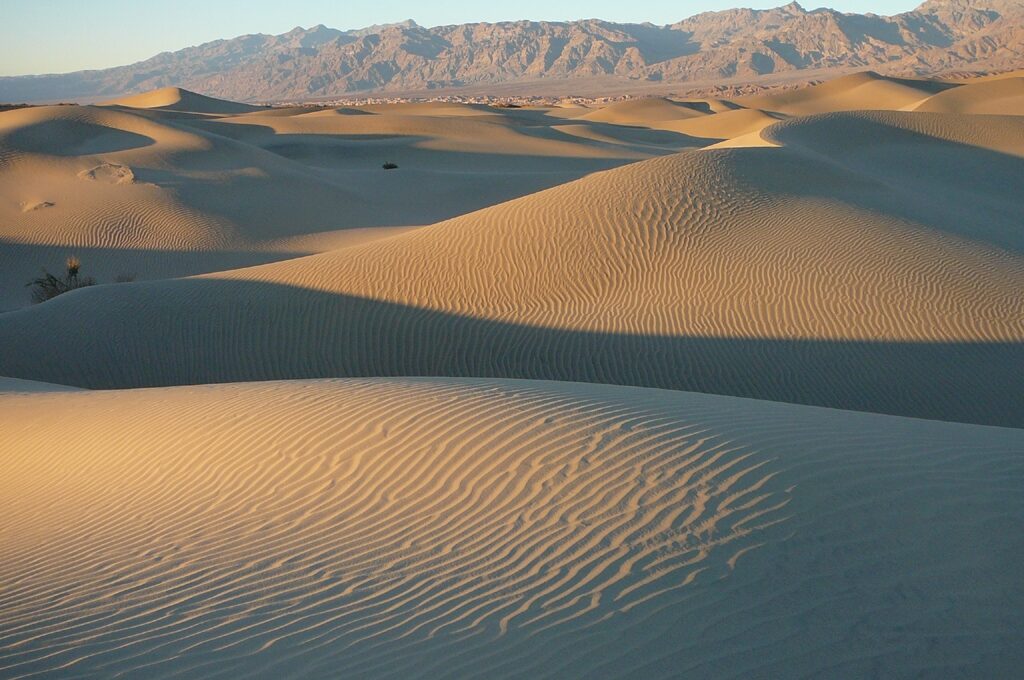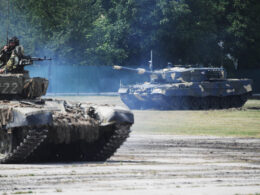A Belgian tourist is recovering after his skin melted off when he endured severe third-degree burns to his feet while exploring Death Valley National Park.
The National Park Service reported the 42-year-old man was walking on the Mesquite Flat sand dunes when he either lost or broke his flip-flops, resulting in a full-thickness burn, destroying all three layers of skin.
Deemed the hottest and driest national park, the temperature at the time was approximately 123 degrees, with a ground temperature of 160 degrees Parks spokesperson Abby Wines told Newsweek.
She explained the park is extremely hot because, unlike most places where hot air rises and disperses, it gets trapped by the tall, steep mountains on either side of the valley. This causes the air to recirculate and heat up throughout the day.
“It’s extremely hot,” Wines said. “To try and describe that to someone who is not here – my forehead goes numb, my eyeballs hurt. It’s very much like having my entire body inside an oven. And, the days where there’s wind, it’s worse because it’s like having my entire body inside a hair dryer.”
The man’s family called for help and recruited other park visitors who carried the man to the parking lot.
Park rangers quickly determined the man needed to be transported to a hospital due to his burns and pain level. Mercy Air’s helicopter couldn’t land safely in Death Valley because of the extreme heat, so the rangers took him by ambulance to a higher elevation where it was slightly cooler at 109 degrees.
“The local air ambulance will not fly on the hottest days because hot air is thinner than cooler air and the rotors don’t have enough lift for the helicopter to fly safely,” Wines said.

Rangers advise simply drinking water and eating salty snacks is insufficient. Visitors to Death Valley should stick to paved roads, limit walks to five minutes at most, and visit overlooks quickly. For longer hikes, they recommend heading to the mountains, where it is cooler.
Types of Burns
Newsweek spoke to Dr. Mark Fisher who is an associate professor in Plastic Surgery at Johns Hopkins. He specializes in both burn surgery and burn reconstruction.
He said the skin has different layers: the outermost layer is the epidermis, the second layer is the dermis, and beneath is the hypodermis.
First-degree burns affect only the outermost layer of skin, while second-degree burns involve the dermis. In the tourist’s case, a full-thickness burn means the entire skin layer, including the dermis, has been destroyed, leaving only the fat underneath.
In terms of the healing process, if only a small amount of skin has been damaged and the blistering layer sloughs away, there is a chance for regeneration.
“The interesting thing about skin – all of the hair follicles and glands we have are disturbed throughout the skin and dermis,” Dr. Fisher said. “You can think of it as a reserve bank account of epidermal cells and those will grow and migrate out of the follicles and repopulate through the skin surface and heal.”
However, he said once a burn goes through the dermis, the dermis doesn’t slough away easily so you have a leathery burn with dead skin on top. The healing process cannot proceed until the dermis is removed, cutting away the dead skin.
A full-thickness burn raises concerns about infection because, unlike superficial burns, dead tissue may be present.
“Once you get a larger, deeper burn, it can be a real problem,” Dr. Fisher said. “People who die from burns typically die from infection. The best way to avoid infection is to get the wounds covered quickly.
He also recommended seeking medical attention if the burn is not showing signs of proper healing within the first two weeks.
Do you have a story we should be covering? Do you have any questions about this story? Contact LiveNews@newsweek.com
Uncommon Knowledge
Newsweek is committed to challenging conventional wisdom and finding connections in the search for common ground.
Newsweek is committed to challenging conventional wisdom and finding connections in the search for common ground.








